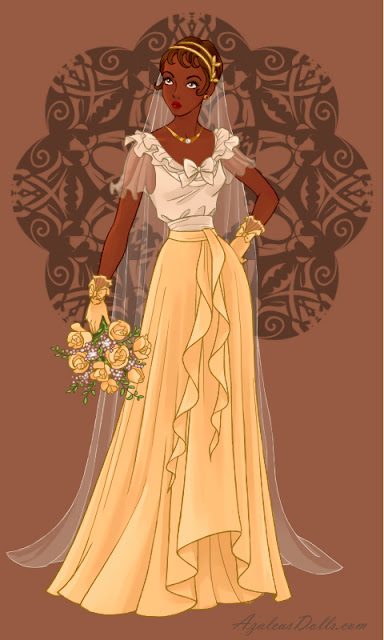Confessions of an Automationeer, Part 74: Veracity in Velocity
One of the many cars I downloaded from the Community Redesign Centre thread on the Automation forums was a small, light mid-engined coupe called the Lavish Velocity. It looked nice enough on the outside, but I found the mechanicals to be in need of some improvement. There were also a few styling details that needed to be fixed. So here is an overview of the Lavish Velocity after it underwent its makeover.
For the exterior, the most noticeable difference was the replacement of the awkwardly shaped single side intake with two smaller intakes of unequal size. Up front, the air intakes were made functional, while the rear end gained larger air vents. In addition to this, a new set of 5-spoke wheels was fitted, while the pearlescent orange paint job made way for a more elegant deep metallic green. Even so, it remained fairly recognizable as a Lavish Velocity. On the inside, however, the changes were much more significant - and welcome.
Front three-quarter view of the tuned Lavish Velocity showing revised styling, including reprofiled front and side air intakes.
As originally built, the Velocity was powered by a rough-running V6, one that seemed at odds with the car's main selling point as a junior supercar. In its place, a flat-crank V8 was substituted. With 475 horsepower from 4.4 liters of displacement, it was a vast improvement on the original engine. To harness all this extra thrust, the gearing, suspension, aerodynamics and brakes were all tweaked to create a much more complete package.
Rear three-quarter view of the tuned Lavish Velocity showing larger rear vents.
With a top speed of nearly 200 miles per hour and a 0-60 mph time of just under 4 seconds, the Velocity lived up to its name more than ever, and backed it up with more street-friendly, but still razor-sharp, handling and braking.
Disclaimer: As with all of my revisions of other Automationeers' cars, some credit goes to the original creators of the vehicles that I revised - please respect their rights.











